1. Bathe on the beach
The town of Ibusuki is close to the mouth of Kagoshima Bay, around 40km (25 miles) south of the city and with stunning views of Sakurajima. One of the town’s most popular attractions, Ibusuki Sunamushi Onsen sand bath, is a direct consequence of the region’s volcanic activity, and is described as the world’s only natural sand bath.
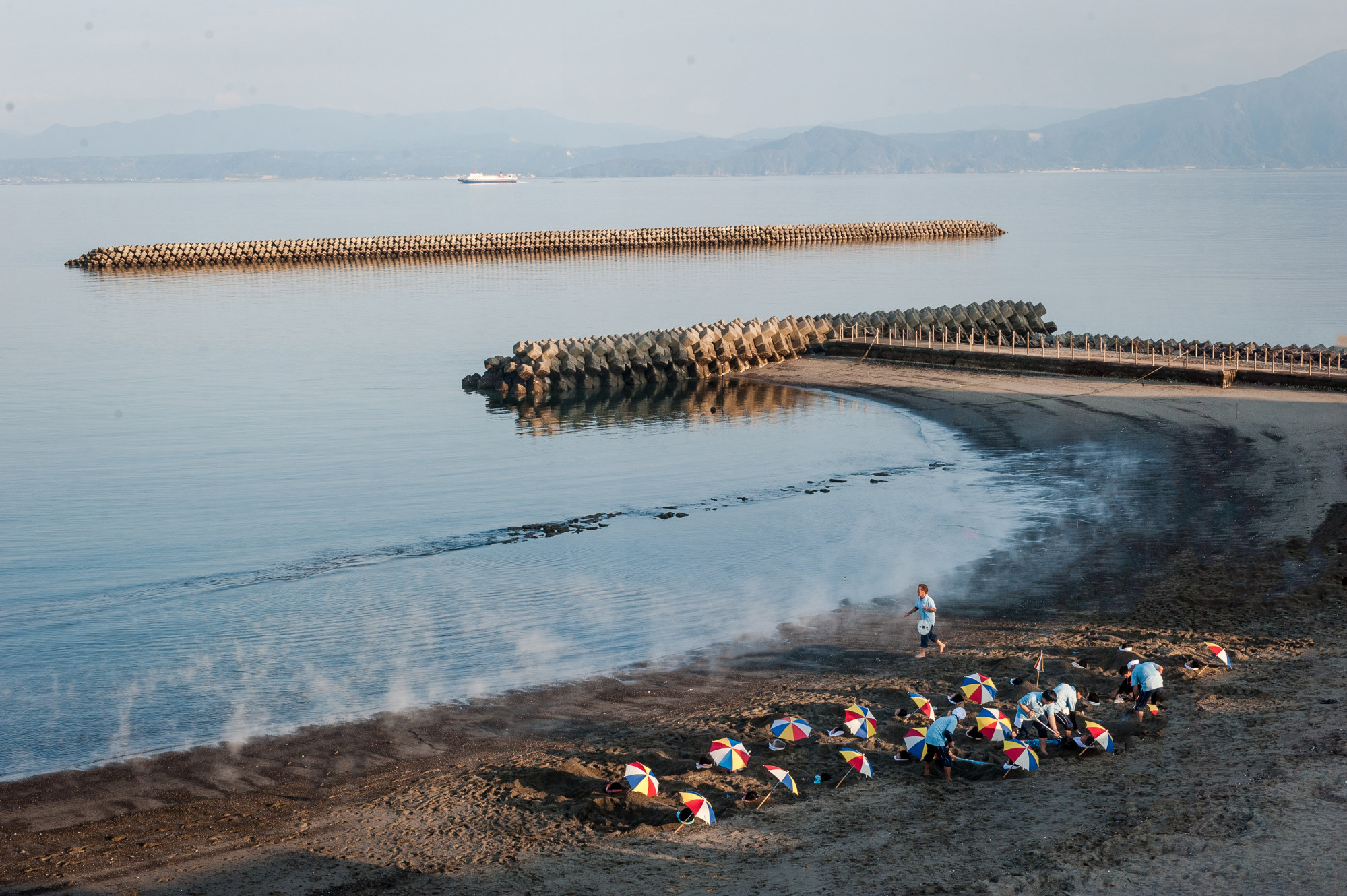
Visitors are invited to change into traditional yukata robes and lie down in a shallow trench dug in sand that is warmed by geothermal activity below the surface.
Assistants then shovel more of the coarse sand on top of one’s body, leaving one’s head exposed. A towel is placed around the neck for comfort. Attendants will even plant a colourful parasol in the sand to keep the sun off your face.
In a matter of minutes, sweat is pouring from every pore and there is nothing to do but relax and listen to the waves lapping on the shore.
Ninja bike rides, beach driving, mountains: off the beaten path in Japan
Ninja bike rides, beach driving, mountains: off the beaten path in Japan
2. Samurai armour workshop
For nearly 70 years, the artisans at Marutake Sangyo, in Satsumasendai, about an hour’s drive northwest of Kagoshima, have been fabricating replicas of the suits of armour worn by Japan’s legendary samurai warriors.
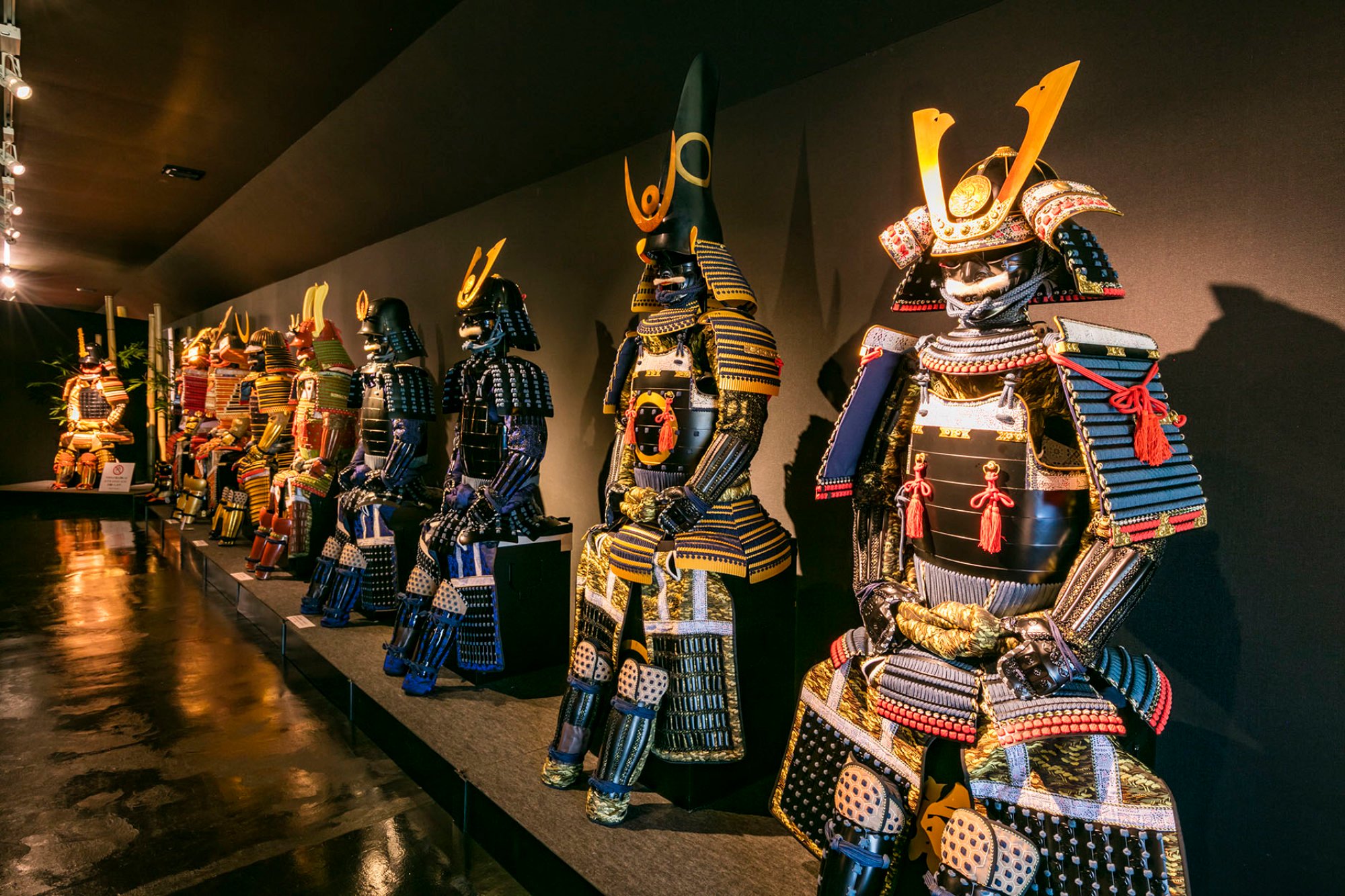
The armour developed in feudal Japan was unique and distinctive. Starting in the Heian period (794-1185), craftsmen worked with iron plates coated with lacquer for weatherproofing and linked with leather straps to produce armoured breast plates, shoulder pads, leggings and protective gloves.
The most eye-catching element of a warrior’s battle equipment was typically the kabuto helmet, which was adorned with a decorative design.
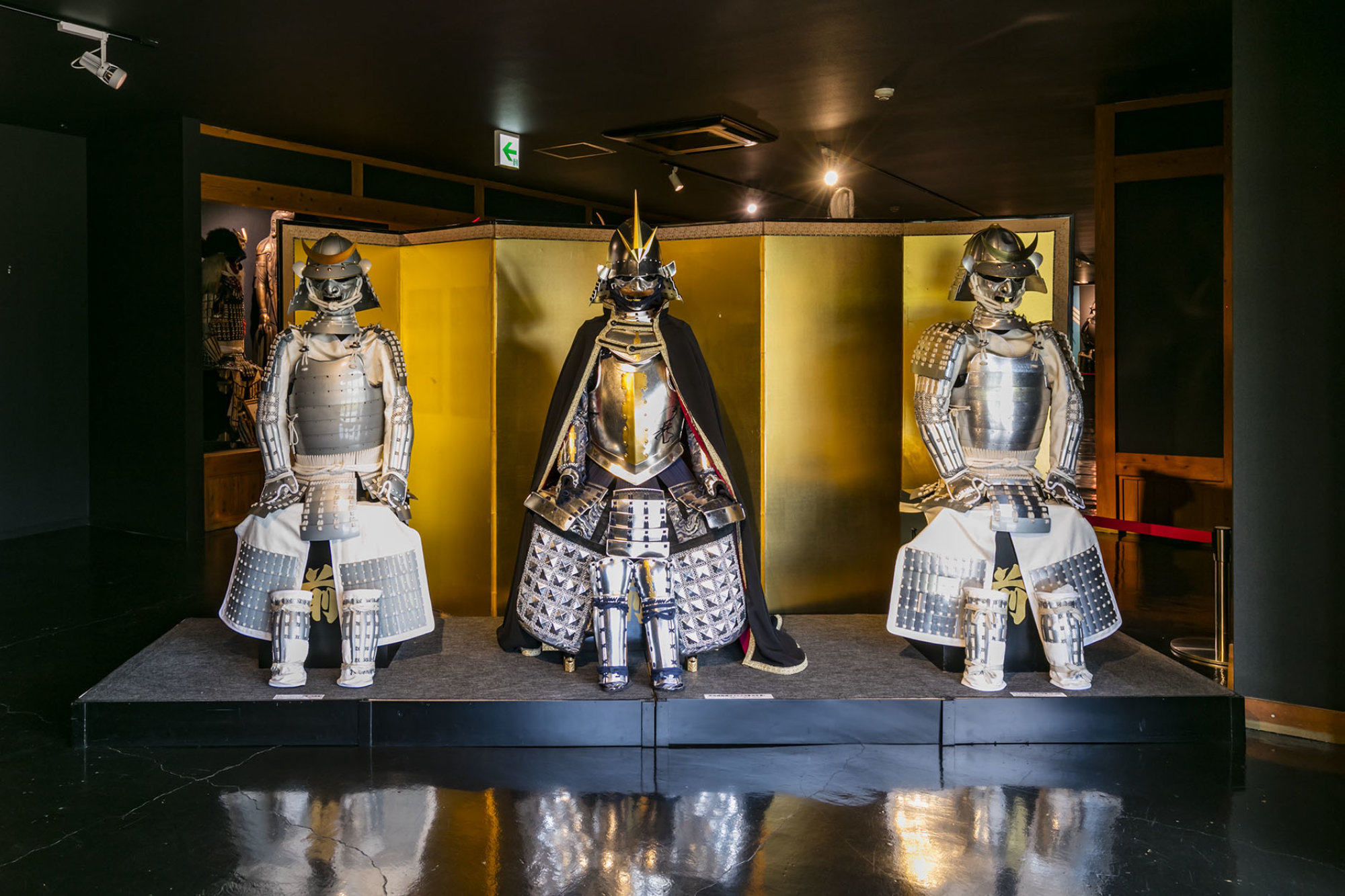
Visitors can watch craftsmen forge new equipment, or take in the museum’s impressive collection of armour dating back to the 15th century.
Inevitably, in the nation that gave the world cosplay, visitors can rent samurai armour in which to swagger around for the duration of their visit.
3. Yakushima – an island of extremes
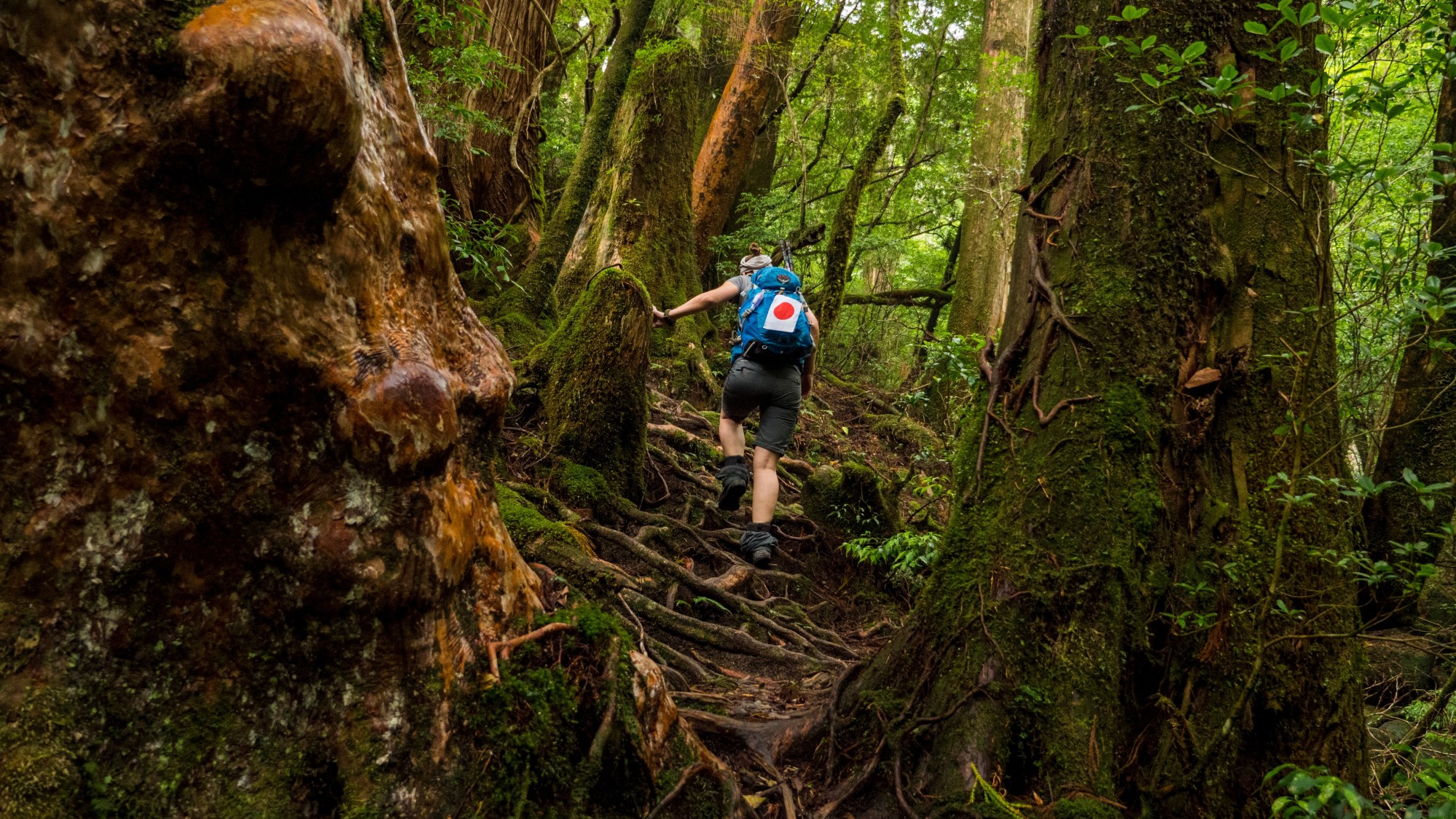
The island, which is roughly circular, is dominated by a series of sharply outlined peaks that rise more than 1,800 metres (5,900ft) above sea level, helping to give Yakushima its distinctive environment.
The extremes of altitude contrast with the warm waters of the Kuroshio Current as it flows from the south, enabling subtropical mangrove swamps to thrive on coasts where loggerhead turtles come to lay their eggs each year. Temperatures in the ancient cedar forests of the mountains fall well below zero during the winter months.

Hikers share the trails that criss-cross the rugged interior with deer and monkeys. Mountain streams tumble over waterfalls. Mist shrouds the cedar trees, the oldest of which is believed to be around 7,000 years old.
4. Wonderful wagyu

Farmers from 41 of Japan’s 47 prefectures brought 438 cattle to the event, which is officially known as the National Japanese Beef Ability Expo. Cuts from Kagoshima took first place in six of the nine divisions, including the all-important Breeders’ Division, putting the prefecture top of the nation’s rankings.
Experts were impressed by the fine texture and tenderness of the meat, which is described as full-bodied with a delicate flavour and a distinct umami profile.
There are an estimated 330,000 Japanese Black cattle – from which the special beef comes – across the prefecture. Restaurants serve the beef in nabe hotpots, grilled as yakiniku or thinly sliced and boiled with vegetables in shabu-shabu. The choicest cuts are cooked on a teppan hotplate with just a dash of oil, salt and pepper.
5. Kagoshima on two wheels
The Kagoshima Cycle Tourism Promotion Council has worked with governments throughout the prefecture to draw up model itineraries for cyclists.
The region is considered one of the most bike-friendly in the country, with a temperate climate year-round and plenty of places of interest to work into a schedule.
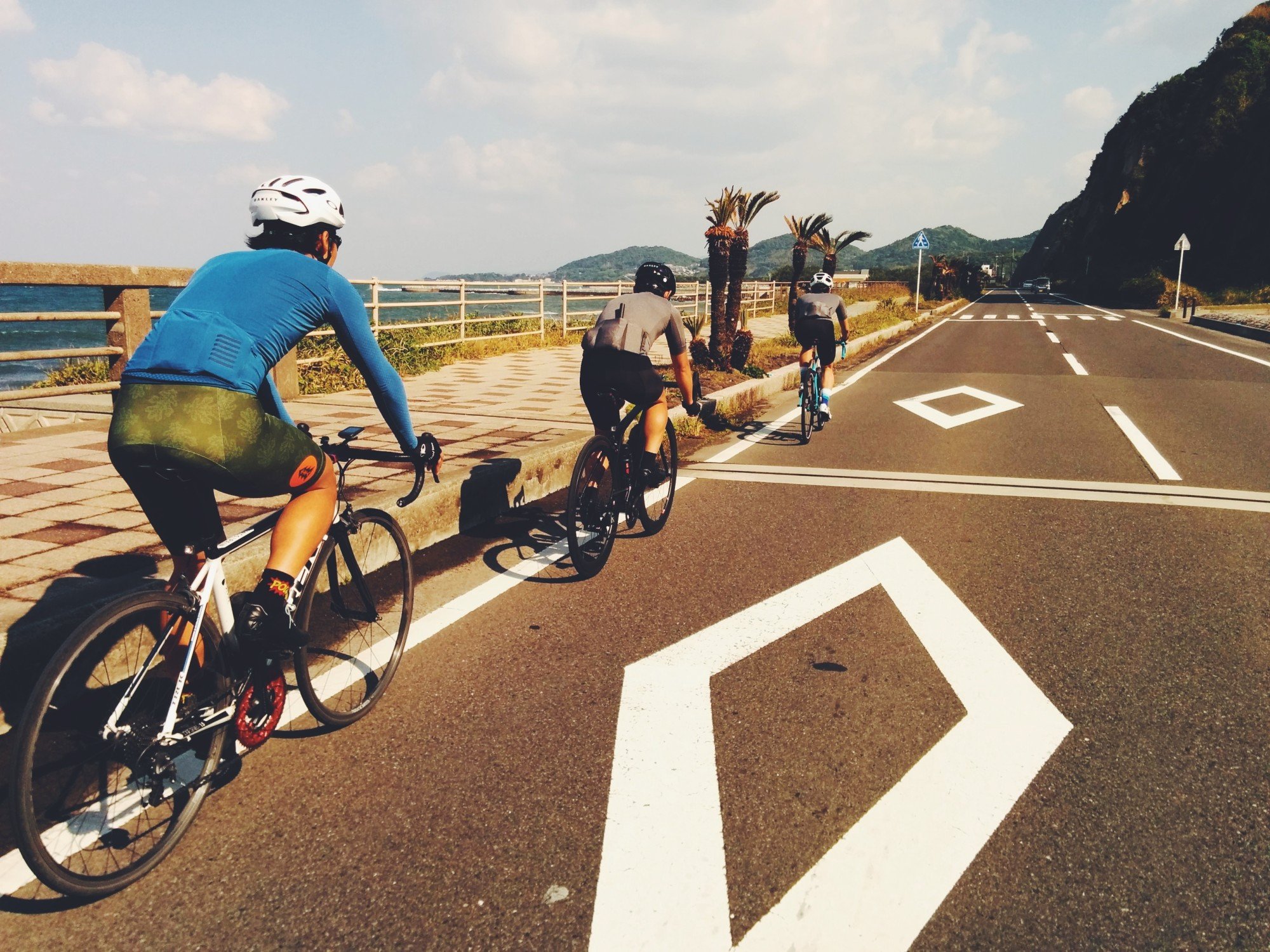
Sample journeys include the Nansatsu route, which explores the traditional domain of the Satsuma samurai clan, and the Hokusatsu route, which takes in the unspoilt countryside to the north of the prefecture overlooking the East China Sea and where each day ends, inevitably, in a relaxing onsen.
Other routes include a circumnavigation of Sakurajima and explorations of some of the outlying islands, including Yakushima and Tanegashima, famous for its surfing beaches and as the launch site for rockets for Japan’s space programme.
6. Dolphin encounters
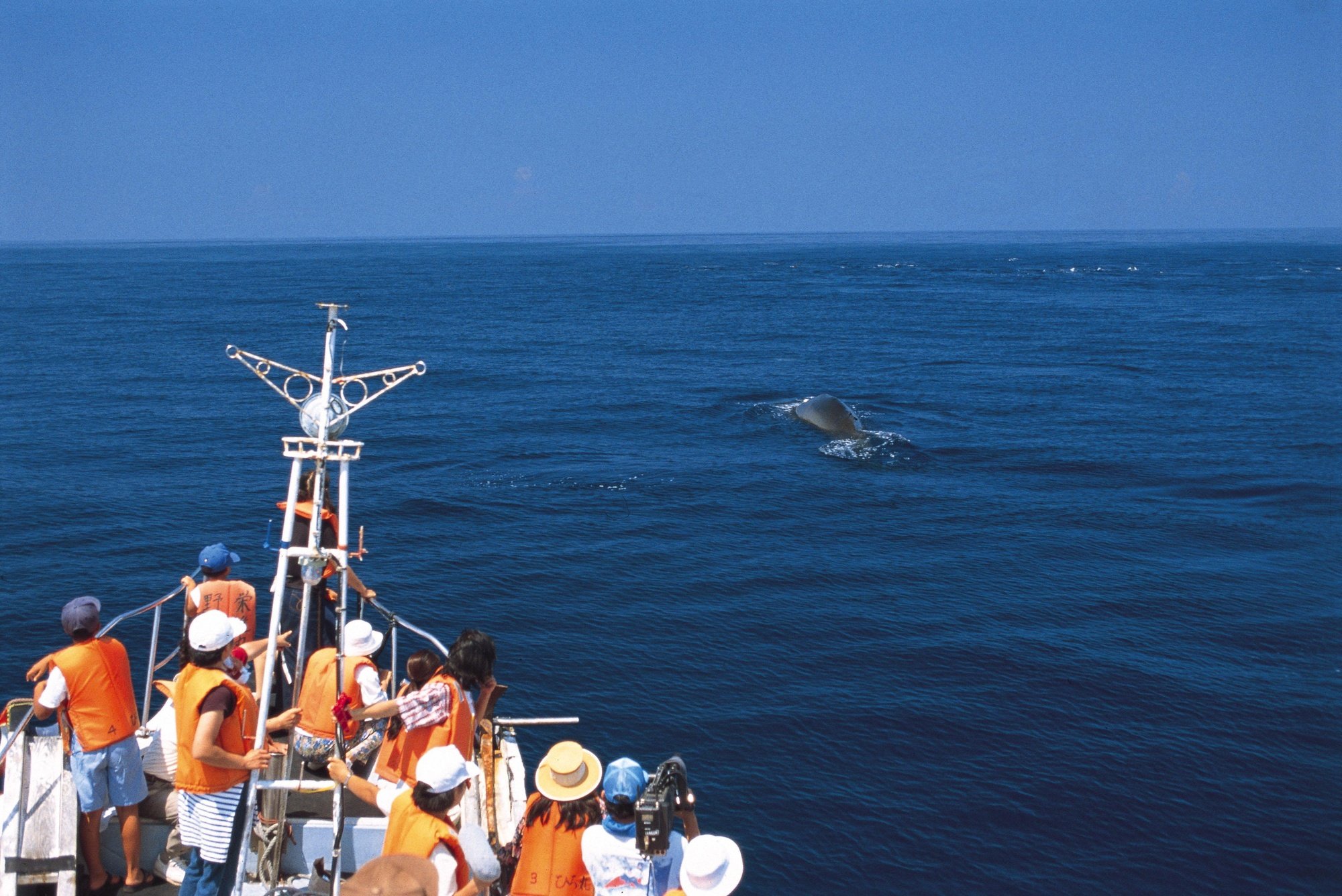
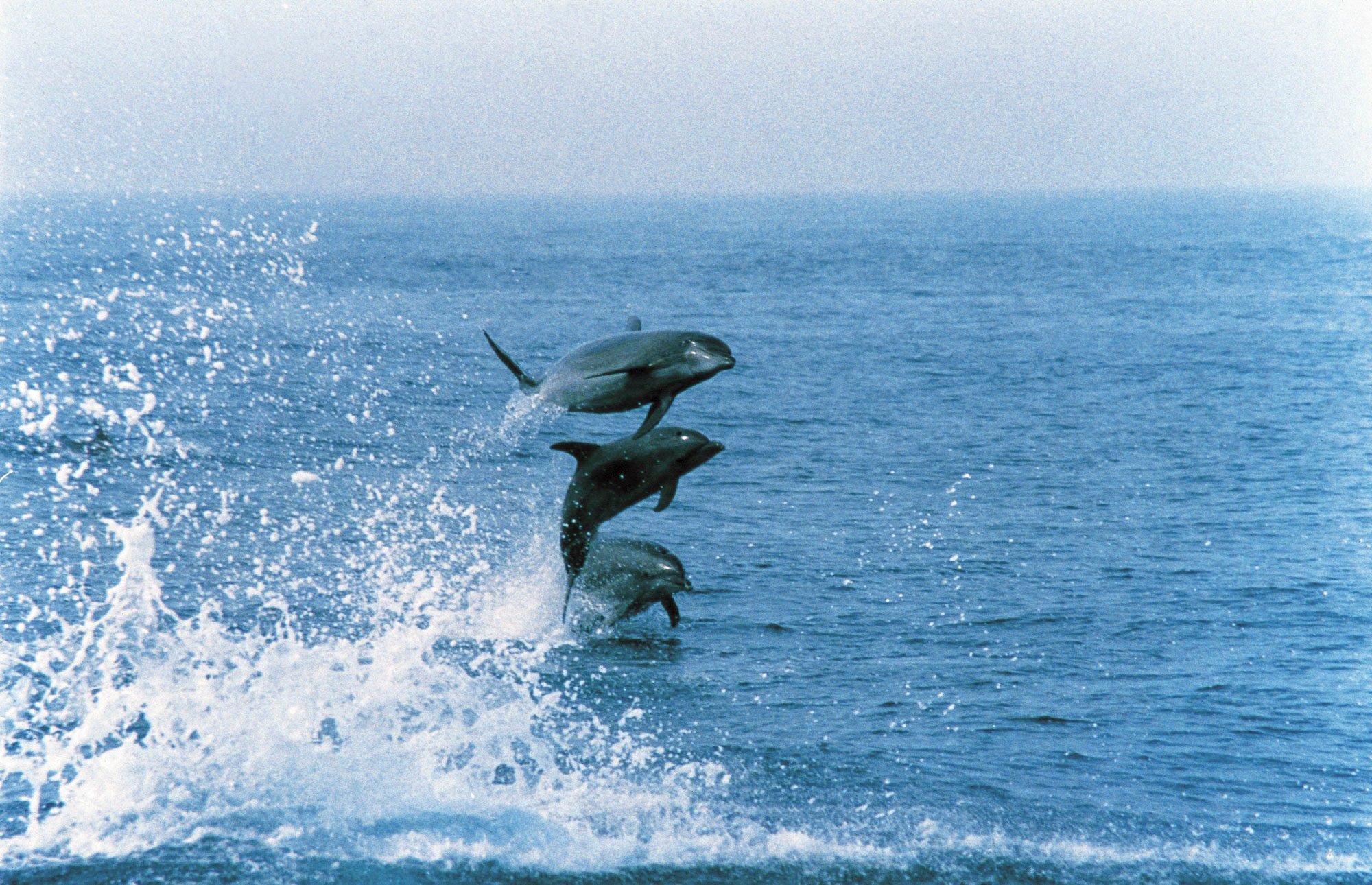
The waters of Kagoshima Bay and beyond are home to a significant number of dolphins, and dedicated marine sports company Kagoshima City Blue Marine Cab is so experienced in tracking down the creatures in the wild that it gives a 99.5 per cent guarantee of spotting dolphins on its tours.
The operator also offers a selection of tours to explore the bay, along with popular night cruises.

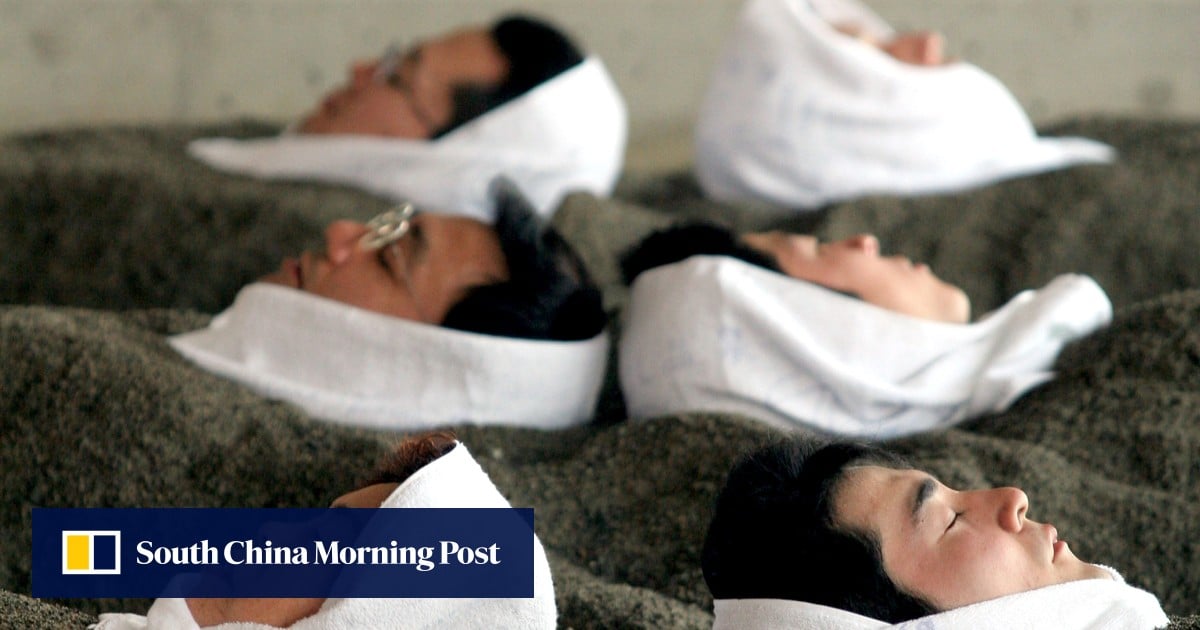



)

